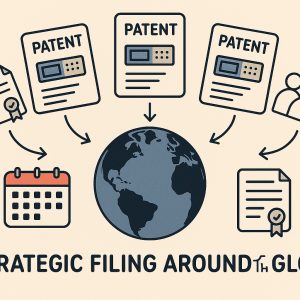The Problem We All Knew About
Anyone who’s spent time in patent prosecution has seen this play out. One examiner insists a claim is crystal clear and won’t budge. Another examiner for a nearly identical case dives deep into the description to understand what the applicant really meant. The inconsistency was maddening, and frankly, it made the EPO look unprofessional.
A Tobacco Case with Big Implications
The case itself involved Philip Morris and Yunnan Tobacco fighting over what constitutes a «gathered sheet» in a heated tobacco patent. Not exactly riveting stuff, but the interpretive mess it created forced the Technical Board to punt the whole question upstairs to the Enlarged Board.
What the Board Actually Said
The Enlarged Board tackled two main questions, though they threw out the third as redundant:
Where’s the legal authority? Actually, there isn’t one perfect source in the EPC. Article 69 deals with infringement, Article 84 covers formalities. Neither really addresses day-to-day claim interpretation during examination. The Board basically said «we’ll keep doing what we’ve been doing based on case law» and moved on.
When do you consult the description? Here’s the meat: always. The Board rejected the old «only when ambiguous» approach entirely. Their reasoning makes sense—deciding if something is ambiguous is already interpreting it, so why pretend otherwise?
Why This Actually Matters
First, it aligns EPO practice with what national courts and the UPC have been doing anyway. About time the EPO caught up.
Second, it eliminates a source of frustration that’s plagued patent prosecution for years. Examiners can’t cherry-pick when to consider the full application anymore.
Third, it puts more pressure on getting claims right during prosecution. If the description is always fair game, you’d better make sure it actually supports what you’re claiming.
Thus, this won’t revolutionize patent law overnight, but it’ll make practice more predictable. Applicants can draft knowing how their applications will be read. Examiners have clearer guidance. Opponents know what arguments will actually work.
The EPO has been working to harmonize with national practice for years. This decision removes one more unnecessary point of divergence. It’s a small step, but in the right direction.
For those of us dealing with European patents day-to-day, it’s one less variable to worry about. The EPO finally picked a lane and stayed in it. That alone makes this decision worth celebrating.




